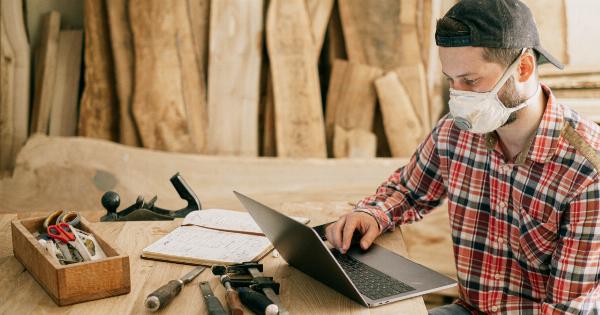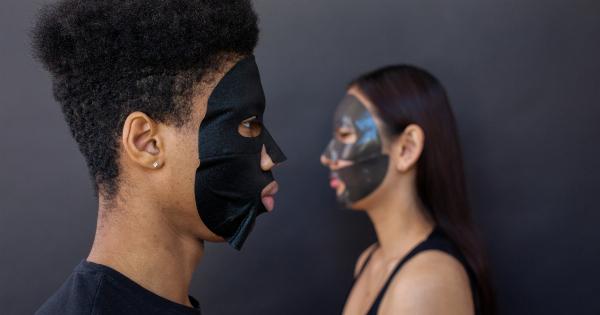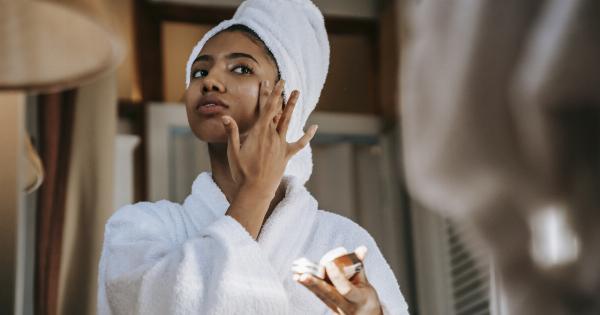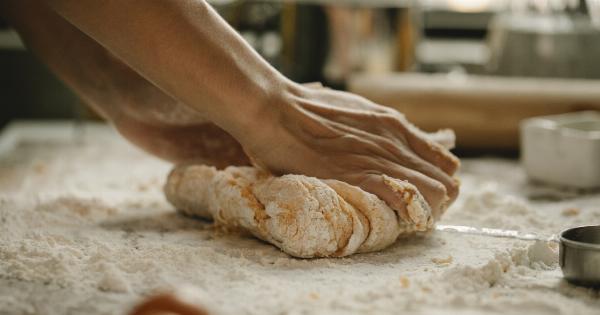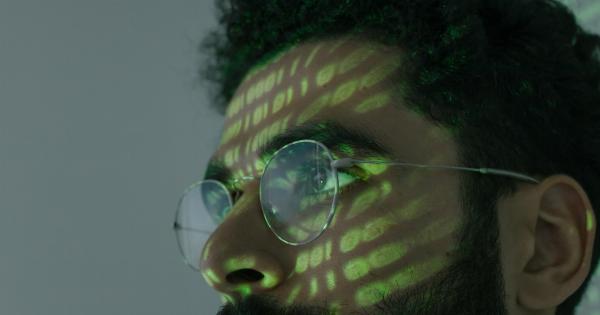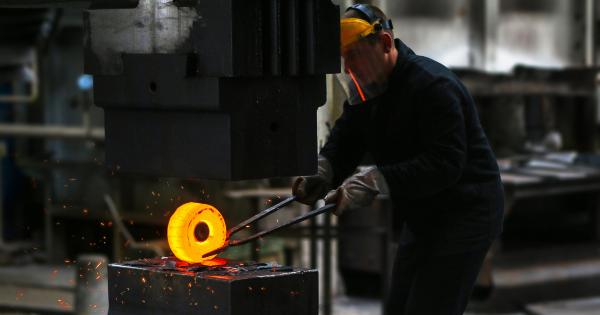In the wake of COVID-19, wearing a mask has become an essential part of our daily lives. However, securing effective and safe masks has been difficult due to the overwhelming demand.
As a result, improvised masks have become popular, but with varying degrees of efficiency. In this guide, we will discuss how to make improvised masks and how they can help protect you from airborne infections.
How do improvised masks work?
Improvised masks work by decreasing the spread of respiratory droplets produced by the person wearing a mask. They can also offer some protection against the inhalation of airborne particles.
They are not as effective as surgical masks or N95 respirators but can provide some protection.
Types of Improvised masks
There are several types of improvised masks that you can use in situations where you do not have access to a surgical mask or N95 respirator. These include:.
Bandana or Scarf
Using a bandana or scarf can be an easy way to improvise a mask. Simply fold the bandana or scarf in half and tie the ends behind your head, covering your nose and mouth. However, they may not provide an adequate seal.
Homemade Cloth Mask
A homemade cloth mask can be made by using two layers of cotton fabric or from other materials available like t-shirts or pillowcases. It has been shown to be effective in reducing transmission of the virus. Making your mask is easy, follow these steps:.
- Cut two pieces of fabric about 7-8 inches by 12-14 inches
- Sew the two pieces of fabric together along the short ends to make a tube
- Fold the tube in half, with the seam inside and sew the two long sides together to make a rectangle
- Leave a three-inch hole on one side to turn the mask inside out
- Turn the fabric right side out and sew the hole shut
- Sew two more seams along the sides to create ear loops
- Your mask is now ready to wear.
Cascade Mask
A cascade mask is another easy method of improvising a mask with a scarf. All you need do is wrap a long scarf around your neck, then pull one end up over your mouth and nose. Then pull the second end up over the first one to cover your nose and mouth.
Effectiveness of improvised masks
Improvised masks have different levels of effectiveness, depending on the materials used. A homemade cloth mask made of two layers of cotton fabric or other available materials can be effective in reducing the spread of respiratory droplets.
As per the recent research, wearing a cloth mask reduced the risk of infection by over 80%. However, they are not as effective as surgical masks and N95 respirators for healthcare workers on the frontlines.
Tips for Using an Improvised Mask
Using an improvised mask in the right way is essential to getting the most protection. Here are some tips for using an improvised mask:.
- Make sure your mask covers your nose and mouth entirely.
- Wash your hands before putting on your mask.
- Avoid touching your mask while wearing it.
- Wash cloth masks frequently.
- Dispose of disposable masks properly and safely after each use.
Conclusion
Improvised masks are an effective way to reduce the spread of respiratory droplets and protect yourself and others from getting infected with COVID-19.
However, it is important to note that these masks are not as effective as surgical masks or N95 respirators, especially for frontline healthcare workers. But you can still make your improvised mask if you do not have access to surgical masks or N95 respirators, just follow the tips and guidelines provided. Together we can combat the spread of COVID-19.

